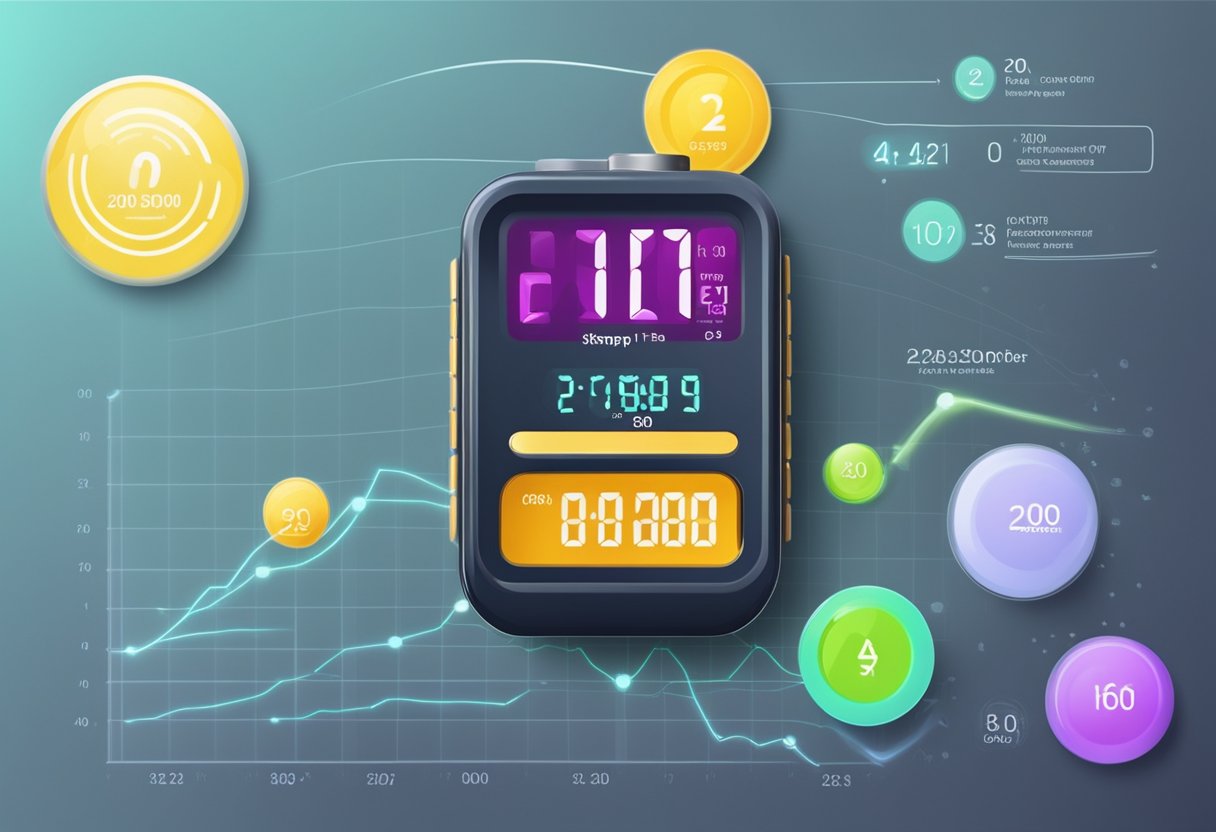Understanding Ruhepuls 40: What It Means for Your Health
In the realm of heart health, the term 'ruhepuls 40' stands out, representing a resting pulse rate of 40 beats per minute. This article dives deep into the implications of having a resting pulse this low and what it signifies for your overall cardiovascular fitness.

What is Ruhepuls 40?
Ruhepuls 40 refers to a resting heart rate of 40 beats per minute (bpm). This measurement is typically taken when a person is at rest, such as first thing in the morning or during a calm state. A resting heart rate of 40 bpm is considered below the average range, which generally falls between 60 to 100 bpm for most adults.
Is Ruhepuls 40 Normal?
Having a Ruhepuls of 40 bpm can be normal for some individuals, particularly those who are highly trained athletes. Endurance sports, such as long-distance running, swimming, and cycling, can lead to lower resting heart rates as the heart becomes more efficient at pumping blood.
However, if you are not an athlete or have no history of vigorous physical training, a resting heart rate this low may warrant medical attention. It could indicate bradycardia, a condition where the heart beats slower than normal, which can be symptomatic of underlying health issues.
What Can Cause a Ruhepuls of 40?
- Physical Fitness: Athletes, particularly those engaged in cardiovascular training, often exhibit a lower resting heart rate due to their improved heart efficiency.
- Medications: Certain medications, especially beta-blockers, can lead to bradycardia and consequently, a lower resting pulse rate.
- Medical Conditions: Conditions such as hypothyroidism, electrolyte imbalances, or heart conditions can result in a rested heart rate of 40 bpm.
- Nerve System Influence: Overactivity of the vagus nerve, which controls heart rate, can also lead to bradycardia.
When to See a Doctor About Ruhepuls 40
If you find yourself with a resting heart rate of 40 bpm, especially if accompanied by symptoms like dizziness, fatigue, confusion, or fainting, it’s crucial to contact a healthcare professional. They can perform further testing to determine if your low heart rate is a sign of a more serious condition.
How to Monitor Your Ruhepuls
- Use a Heart Rate Monitor: Devices like smartwatches or chest straps can provide accurate resting heart rates.
- Check After Waking Up: Measure your pulse immediately upon waking for the most accurate resting heart rate.
- Stay Consistent: Track your resting pulse daily to identify trends or changes over time.
The Benefits of a Healthy Resting Heart Rate
Having a healthy resting heart rate is integral to overall cardiovascular health. Here are some benefits associated with maintaining an optimal resting heart rate:
- Increased Heart Efficiency: A balanced resting pulse often indicates a well-conditioned heart.
- Lower Risk of Heart Disease: Generally, lower resting heart rates are associated with a healthier cardiovascular system.
- Improved Endurance: Athletes benefit from lower resting heart rates as it indicates better cardiovascular fitness, allowing for prolonged exercise without fatigue.
Conclusion
In summary, a Ruhepuls of 40 bpm can be typical for some athletes but may also indicate bradycardia or other health issues for others. Monitoring your resting heart rate and seeking medical advice when experiencing concerning symptoms is important for maintaining your health. Always consult with a healthcare professional when in doubt about your heart health.
New posts

Effective Strategies to Lower Blood Pressure
Fitness

Navigating Low Blood Pressure and High Pulse: Key Insights
Wellness

Combatting Fatigue from Low Blood Pressure: Causes and Solutions
Lifestyle

Understanding Low Blood Pressure at Night: Causes, Symptoms, and Management
Wellness

Understanding Ruhepuls 60: A Guide to Optimal Heart Rate
Fitness

Understanding Ruhepuls 45: The Ideal Resting Heart Rate for Your Health
Fitness

Low Blood Pressure and Trembling: Understanding the Connection
Wellness

Understanding Normal Pulse Pressure: What You Need to Know
Lifestyle

Understanding Normal Pulse Rates: What Is a Normal Pulse?
Fitness

Understanding Pulsdruck: Key Insights into Your Blood Pressure Dynamics
Wellness
Popular posts

Understanding Low Diastolic Blood Pressure: Causes and What to Do
Wellness

Understanding Low Diastolic Blood Pressure: Causes, Risks, and Management
Wellness

Understanding the Ruhepuls Tabelle: A Comprehensive Guide
Fitness

Understanding Low Blood Pressure Symptoms in Men
Wellness

Low Blood Pressure and Trembling: Understanding the Connection
Wellness

Understanding Puls Unter 60: When Low Heart Rates Become Concerning
Fitness

Understanding Ruhepuls 50: What It Means for Your Heart Health
Fitness

Understanding Normal Pulse Pressure: What You Need to Know
Lifestyle

Understanding Low Blood Pressure and Its Effect on Vision Disturbances
Health

Understanding Wrist Blood Pressure Monitoring: A Comprehensive Guide
Wellness